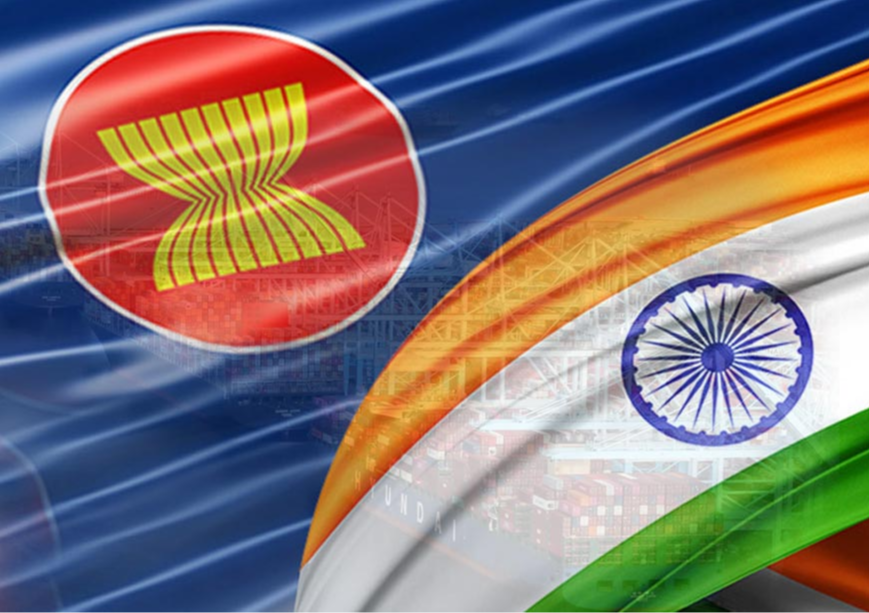
India-ASEAN FTA : India looking for more tariff cuts, tighter RoR
NEW DELHI : India is looking for further tariff cuts in key items of its export interest such as chemicals, metals and alloys, machinery, plastic and rubber, textiles, leather and gems and jewellery, as part of the “complete review” of the free trade agreement with Association of SouthEast Asian Nations (ASEAN). It also want further streamlining the rules of origin (RoR) norms amid concerns over influx of trade into the country via the FTA’s preferential access route, from third countries.
On the Asean side, demand is expected to come for more concessions in some of the items that formed 25% of the list where India either did not offer any duty cuts or no tariff elimination.
By next month the text that will form the basis for negotiations in all eight areas covered by the review, which includes market access and rules of origin, will be ready, a senior official said.
The plan is to make the chapter on RoR more detailed and in line with the trade agreements that are currently being negotiated. In the current set of pacts India is negotiating, the extent of value addition in a product originating from the exporting country is different for each product. Right now the ROO is not a very detailed chapter under India-ASEAN FTA.
Under the FTA, domestic value addition of 35% of FOB (the cost at the frontier of the exporting country) value was mandated in manufactured products. Another condition for availing concessional tariffs was that final processing is performed within the territory of the exporting country. The product specific will open up opportunities for high value exports like gems and jewellery from India where the value addition is much less than 35%.
For each of the eight areas under review separate sub-committees have been set-up. Apart from national treatment and market access and rules of origin the other areas covered by the ongoing review are standards, technical regulations and conformity assessment procedures; sanitary and phytosanitary; legal and institutional issues; customs procedures and trade facilitation; trade remedies and technical cooperation.
In the fifth joint committee meeting on the review in Jakarta last month all the eight sub-committee met for the first time.
“In four sub-committees textual negotiations have started and convergence on some areas have been achieved. We hope that by September all eight sub committees will get into textual negotiations,” the official said. “By the next round of Joint Committee meeting that will be held in India in November we will be in a position to take forward negotiations and may close some of the chapters,” the official added.
India sought review of the pact to address the almost 10-fold increase in trade gap with its treaty partners between 2010 when it was implemented and now. The trade deficit with Asean widened from $4.98 billion in 2010-11, the first full year of operation of AITGA to $39.4 billion in 2022-23.
Through discussions on market access, technical regulations, sanitary and phytosanitary provisions under the agreement India is trying to create greater access for its products. Officials in the past have admitted that requirements for food certification acts as barriers in Asean markets.
Apart from coal and palm oil, electronics and machinery are the biggest imports from Asean nations. Electronics includes computers and laptops, integrated circuits, and telecom and mobile phone parts. All these are made in vast global value chains dominated by China.
India’s exports to Asean last financial year stood at $41.2 billion and imports were $74.6 billion.
